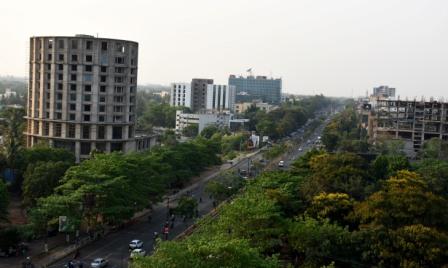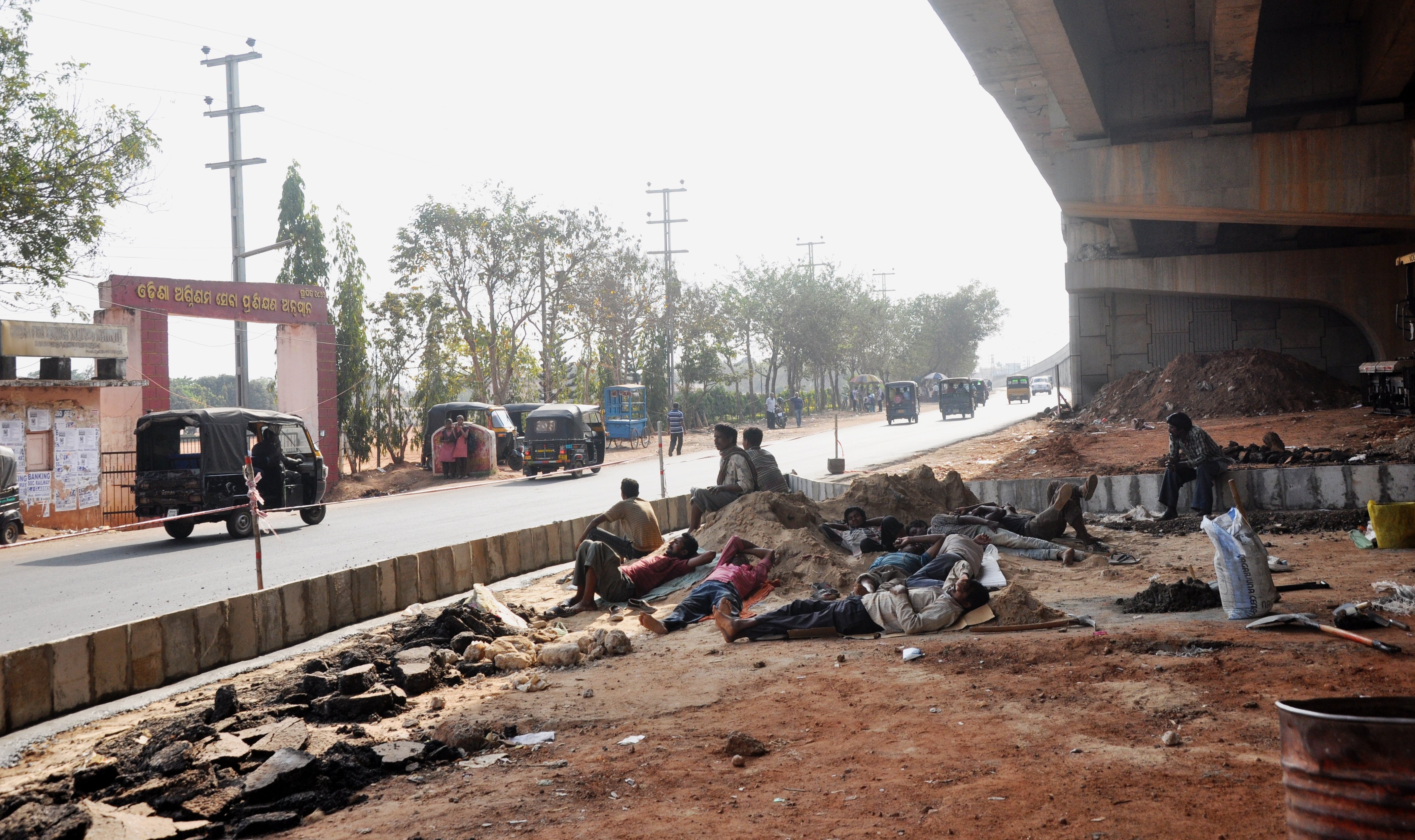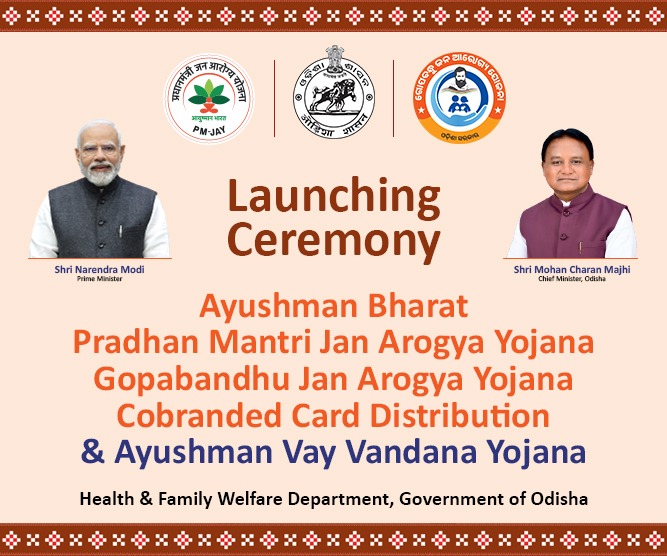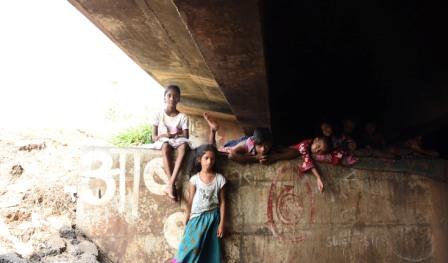World Cities Day is expected to push forward cooperation among countries in meeting opportunities and addressing challenges of urbanisation
BHUBANESWAR: On a day which is expected to promote the international community’s interest in global urbanisation, we take a look at the state’s capital Bhubaneswar. The city was the first choice for the Ministry of Urban Development’s (MoUD) flagship Smart City project and has been on the ascendency in several parameters of urbanization in recent years.

Bhubaneswar also featured in the top 20 global cities of the world in the Global Smart City Performance Index 2017, according to a survey by UK-based Juniper Research.
The United Nations has designated every 31st of October as World Cities Day. The global observation of the World Cities Day 2019 will be hosted by the city of Ekaterinburg, of the Russian Federation. The theme will be ‘Changing the world: innovations and better life for future generations.’
Orissa Post interacted with several stakeholders on the occasion to take stock of the civic problems that arise with urban development. Urban planner Piyush Ranjan Rout said, “No city in the world is smart without its culture, heritage and people. However, Bhubaneswar is chasing the dreams of some individuals based on their visits to Amsterdam, Barcelona, Seoul and Singapore among others. We are developing a copycat syndrome.”
City-based social activist Shweta Agrawal said, “Bhubaneswar has received many accolades for the Smart City program and has undertaken good initiatives like Mo Bus, Mo Cycle, Pathotsav and public gyms among others. However, when Cyclone Fani battered the city, it took 10 days to restore power. Since Bhubaneswar is a cyclone prone city, we need to have underground cable system.”

As per 2011 Census, there are 1,245 homeless people in Bhubaneswar. However, Action Aid’s survey states that there are 6,559 homeless people in the city. The capacity of the shelter homes is way below their requirements. The highest concentration of homeless individuals is found at places with the most opportunities for employment and shelter like temples, shopping complexes, railway stations, bus stand, cinema halls and hospitals.
Construction work was the most common form of economic activity that respondents were engaged in, representing 33% of the sample population. Begging is the next most common, at 28%, followed by rag picking, vending/ hawking goods, and domestic work.
Among survey respondents, nearly 60% work for more than 20 days per month, and 35% percent work for 11-20 days. Only 2% of the survey sample work for less than 10 days per month. An individual’s daily income is found to vary considerably according to the specific economic activities that he or she is engaged in.
The major challenge is to engage this section and people in informal economy for a better and humane city. There is also a hope that these concerns will addressed in the current smart city project as the bulk of homeless live in the area which supposed to developed under the smart city.
ARINDAM GANGULY, OP

